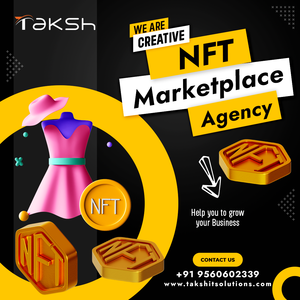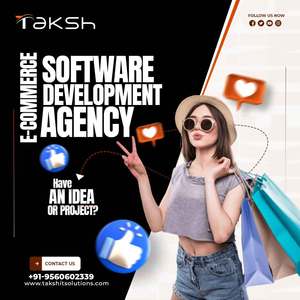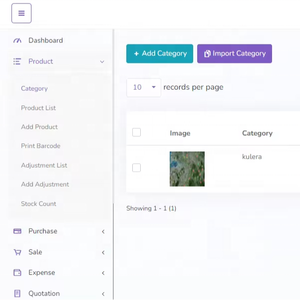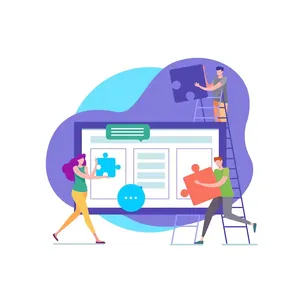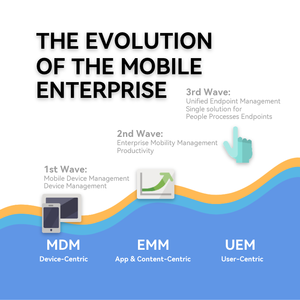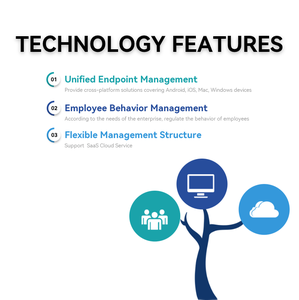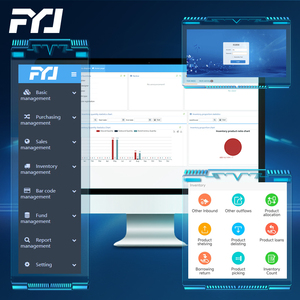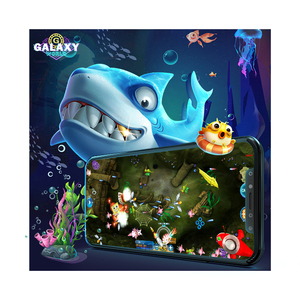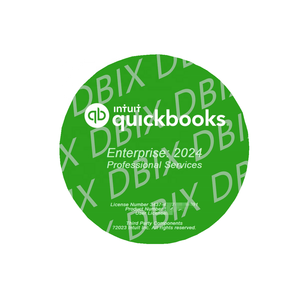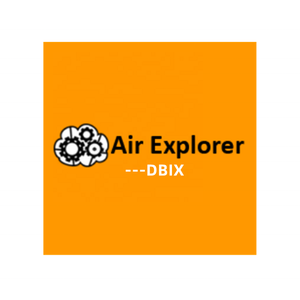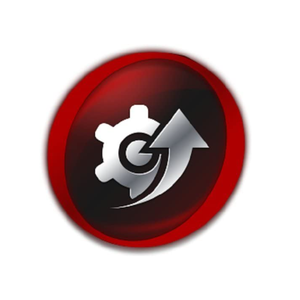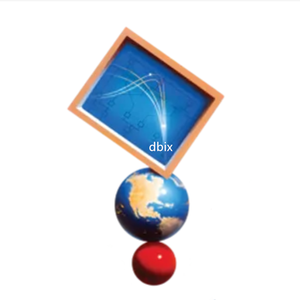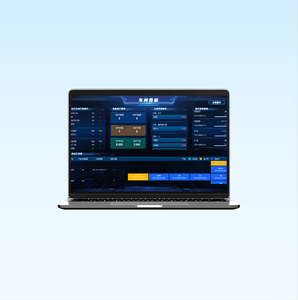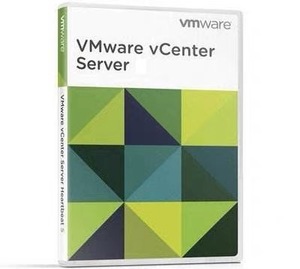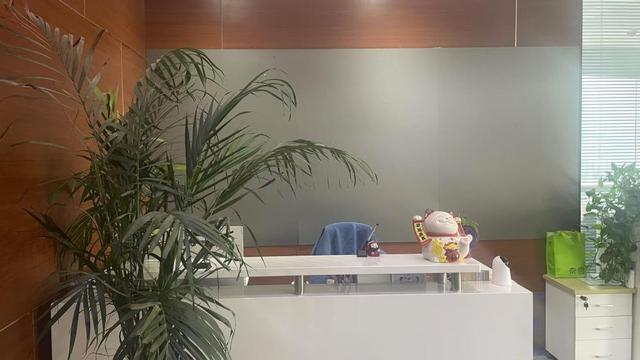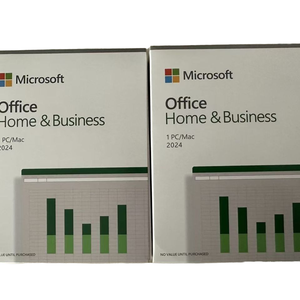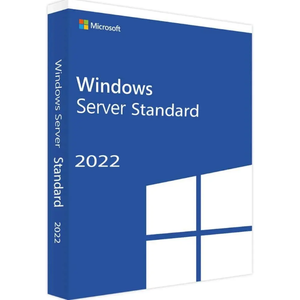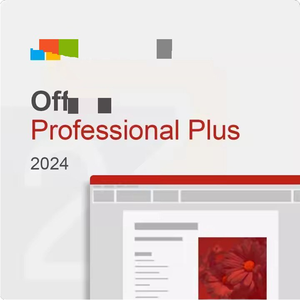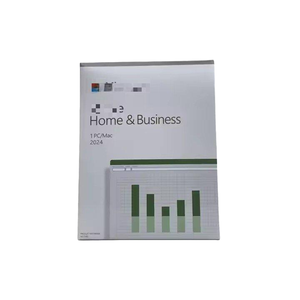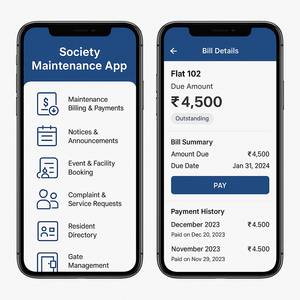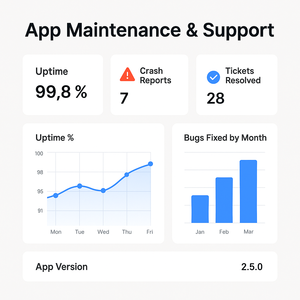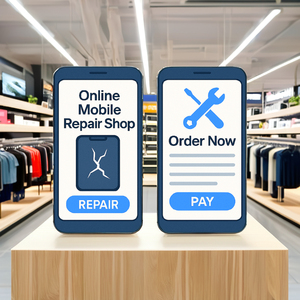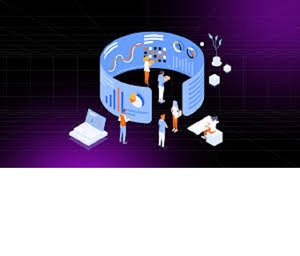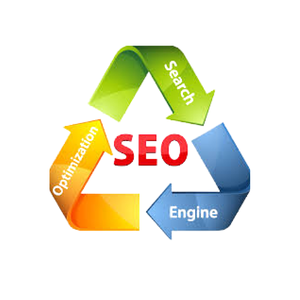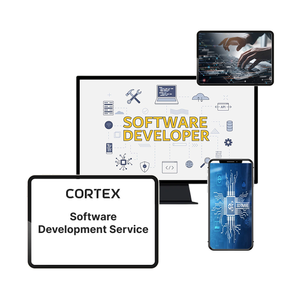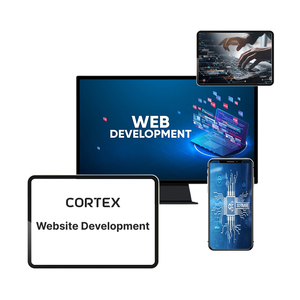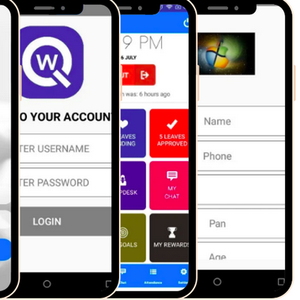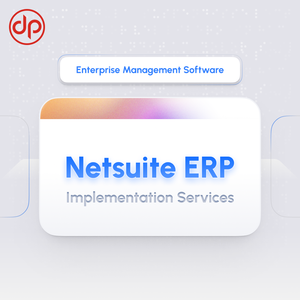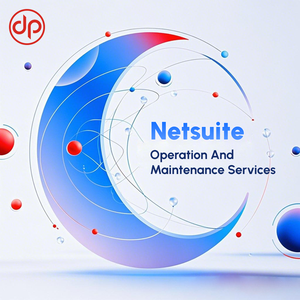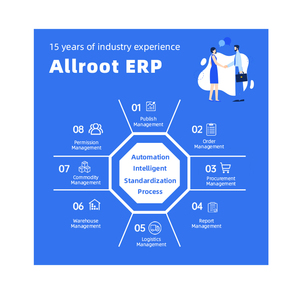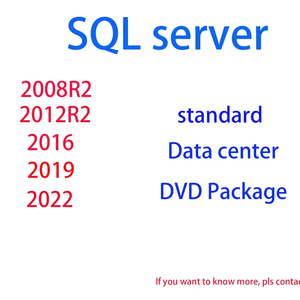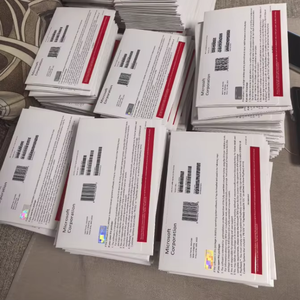Supplier Management Software Lifecycle

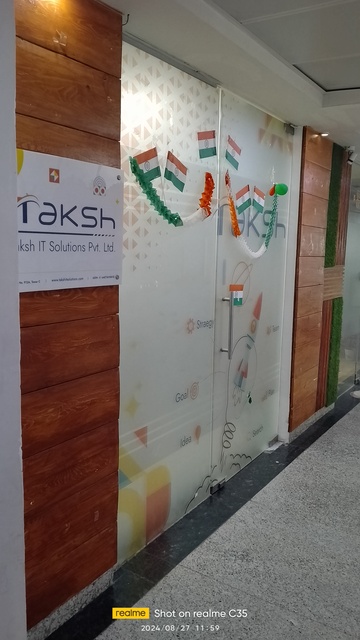

 1/3
1/3

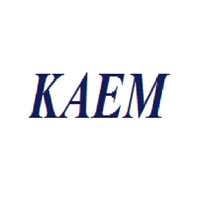

 1/3
1/3









 1/11
1/11



 1/2
1/2



 0
0


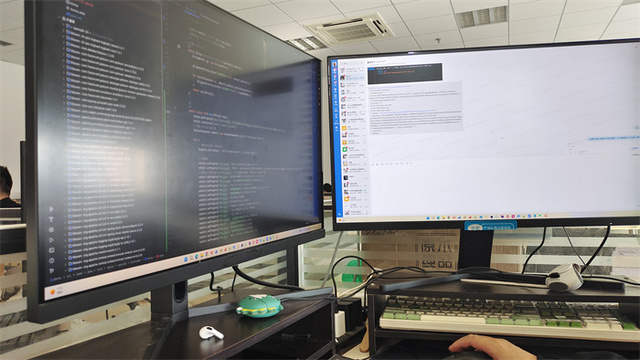

 1/6
1/6

 0
0






 0
0



 1/3
1/3





 1/18
1/18

 0
0

 0
0



 1/18
1/18


 0
0



 1/3
1/3




 1/3
1/3


 1/4
1/4


 0
0
About supplier management software lifecycle
Where to Find Supplier Management Software Lifecycle Providers?
The global supplier management software lifecycle market is primarily driven by specialized development firms concentrated in technology hubs across India and China. Indian suppliers, particularly those based in metropolitan regions like Mumbai and Bangalore, dominate the custom enterprise software segment with strong capabilities in API integrations, cloud-based platforms, and end-to-end product lifecycle solutions. Chinese providers, especially in Shenzhen and Guangzhou, focus on integrated hardware-software systems, emphasizing endpoint management, asset tracking, and scalable SaaS models tailored for mid-sized industrial operations.
These regional clusters benefit from deep talent pools in software engineering and cost-efficient development cycles. Indian firms leverage agile methodologies and offshore delivery models, achieving project turnaround times 20–30% faster than Western counterparts. Meanwhile, southern Chinese manufacturers combine embedded system expertise with mass deployment capabilities, enabling rapid configuration of multi-user licensing structures and localized database integration. Buyers gain access to mature ecosystems where full-stack development, QA testing, and post-deployment support are vertically consolidated within single vendors.
How to Choose Supplier Management Software Lifecycle Providers?
Procurement decisions should be guided by rigorous technical and operational evaluation criteria:
Development & Compliance Verification
Confirm adherence to recognized software quality frameworks such as ISO/IEC 25010 or CMMI Level 3+. For regulated industries (e.g., healthcare, finance), validate compliance with data protection standards including GDPR or HIPAA. Request documented test protocols for core functionalities—user authentication, audit trails, version control, and API interoperability.
Technical Capability Assessment
Evaluate provider competencies through:
- Minimum portfolio of 100+ active software listings indicating scale
- Demonstrated specialization in lifecycle management modules (design, deployment, maintenance, retirement)
- In-house development teams with expertise in AI applications, web/desktop platforms, and RESTful APIs
Cross-reference online revenue metrics with response time performance (target ≤2 hours) to assess service responsiveness and organizational capacity.
Transaction and Deployment Safeguards
Utilize secure payment mechanisms that align financial release with milestone verification—especially for customized builds. Prioritize suppliers offering sandbox environments for pre-launch validation. Conduct pilot testing on critical workflows such as user provisioning, update rollouts, and system integration before full-scale licensing procurement.
What Are the Leading Supplier Management Software Lifecycle Providers?
| Company Name | Location | Main Products (Listings) | Online Revenue | On-Time Delivery | Avg. Response | Reorder Rate | Min. Order Value | Customization Options |
|---|---|---|---|---|---|---|---|---|
| TAKSH IT SOLUTIONS PRIVATE LIMITED | India | AI Apps (235), Android Dev (195), Web Apps (133) | US $2,000+ | 75% | ≤1h | - | $5,000/unit | Not specified |
| KAEM SOFTWARES PRIVATE LIMITED | India | Software (1,279), POS Systems (12) | US $8,000+ | - | ≤2h | - | $95/2 units | Not specified |
| Shenzhen Soten Technology Co., Ltd. | China | Endpoint Management Solutions | US $1,400,000+ | 100% | ≤3h | <15% | $18–20/5 pcs | Color, logo, packaging, graphic |
| Guangzhou Fengyijie Electronic Technology Co., Ltd. | China | Asset & Warehouse Management Software | US $130,000+ | 97% | ≤4h | <15% | $99–199/set | Size, logo, packaging, label |
| Shenzhen Zhongqi Interactive Entertainment Technology Co., Ltd. | China | Coin Operated Games (316), Game Softwares (44) | US $100,000+ | 100% | ≤8h | 33% | $100–200/set | Limited (game-specific) |
Performance Analysis
Indian developers like TAKSH IT and KAEM SOFTWARES offer high-volume software production with fast client engagement, though delivery consistency varies. In contrast, Chinese suppliers demonstrate stronger fulfillment reliability—Shenzhen Soten and Guangzhou Fengyijie report 97–100% on-time delivery—with established export infrastructure supporting global deployments. Shenzhen-based firms provide highly competitive pricing and extensive customization at unit costs below $20, ideal for scalable enterprise rollouts. Notably, Shenzhen Zhongqi exhibits the highest verified reorder rate (33%), suggesting customer satisfaction in niche verticals despite limited cross-industry applicability. Buyers seeking comprehensive lifecycle tooling should prioritize providers with proven experience in API integrations, modular upgrades, and long-term maintenance support.
FAQs
How to verify supplier management software provider reliability?
Audit development practices through code reviews or third-party security scans. Validate claims using verifiable client references, particularly for implementations involving regulatory compliance or complex integrations. Analyze platform stability via uptime logs and support ticket resolution times.
What is the typical software delivery timeline?
Standard configurations deploy within 15–30 days post-payment. Custom developments involving workflow automation or ERP integration require 45–90 days depending on scope. Add 5–10 days for documentation localization and user training setup.
Can suppliers support global deployment?
Yes, leading providers offer multi-language interfaces, region-specific data hosting options, and compatibility with international tax and compliance frameworks. Confirm support for cloud (SaaS), on-premise, or hybrid deployment models based on organizational requirements.
Do software suppliers offer free trials or demos?
Most suppliers provide time-limited demo versions or sandbox access. Full trial availability depends on licensing model—enterprise clients may receive personalized demonstrations upon request, while SMEs can often self-register for basic feature testing.
How to initiate customization requests?
Submit detailed functional specifications including user roles, integration endpoints (e.g., CRM, ERP), reporting needs, and scalability expectations (concurrent users, data volume). Reputable vendors respond with technical proposals, UI mockups, and implementation timelines within 72 hours.


